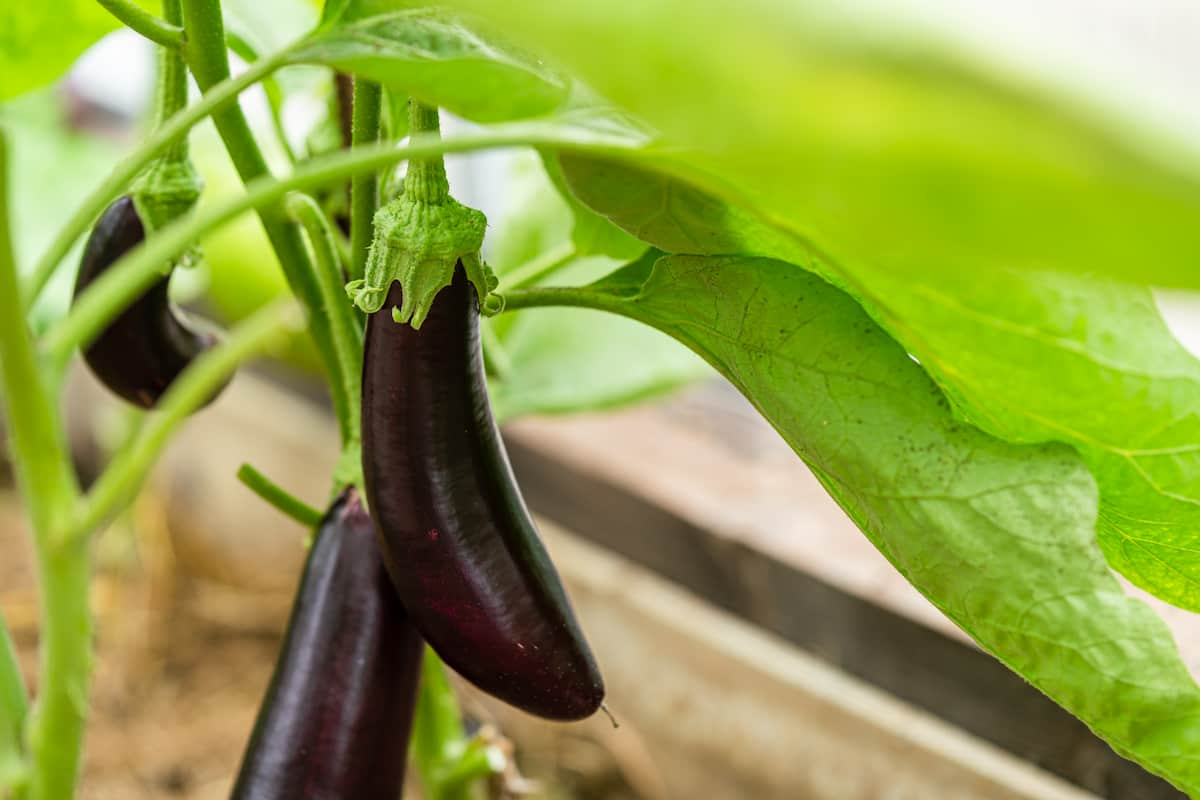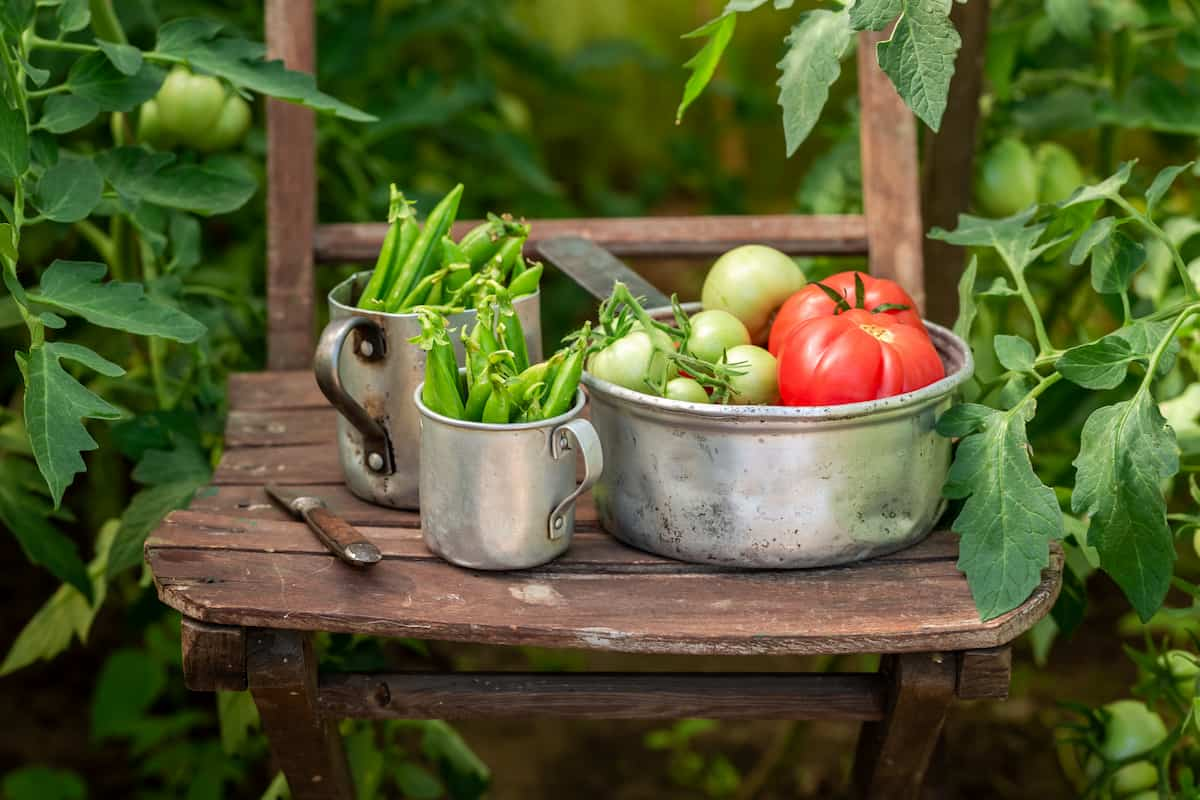Starting an organic vertical vegetable garden is an efficient and rewarding way to grow your own produce in small spaces. It requires minimal land and offers maximum yield, making it an ideal choice for urban dwellers. Below we learn about growing your vertical garden from scratch, guiding you through the entire process from planting to harvest.

Guide to Start an Organic Vertical Vegetable Garden
Understanding Vertical Gardening
Vertical gardening is growing plants vertically, often on trellises, fences, or other structures, to maximize space and yield. It’s particularly popular in urban settings, where land is limited. One of the key benefits of vertical gardening is that it allows for better air circulation, which helps prevent diseases and pest infestations.
Choosing the Right Location
Select a location for your vertical garden which receives minimum five hours of direct sunlight daily. The site should have easy access to water and be protected from strong winds. If possible, choose a south-facing wall, as this will provide the most sunlight for your plants.
Designing Your Vertical Garden
Start by sketching out your garden design. Consider the height of the plants you want to grow and how much space they will need to spread out. Plan for a mix of plants with varying heights, color, and textures to create visual interest. You may also want to include some companion plants, which can help repel pests and attract beneficial insects.
Selecting Your Vertical Garden Structure
You can use several types of structures for your vertical garden, including trellises, cages, towers, and wall-mounted planters. Choose a structure that suits your needs and complements the design of your garden. Ensure the structure is sturdy enough to support the weight of your plants and is made from a durable material that will withstand outdoor conditions.
Choosing the Right Plants
Select plants that are well-suited to your climate and will thrive in a vertical garden. Some popular choices include tomatoes, cucumbers, peas, beans, and various types of lettuce. Avoid plants with deep root systems, as they may not thrive in a vertical setting. Be sure to select organic seeds or seedlings to maintain the organic integrity of your garden.
Preparing the Soil
Prepare the soil for planting by mixing in organic material like compost, aged manure, or leaf mould. This will help improve soil structure, drainage, and fertility. Use a soil test kit to determine soil’s pH level and nutrient content, and amend it as needed to create the ideal growing environment for your plants.
Planting Your Vertical Garden
Once your soil is prepared, it’s time to plant your seeds or seedlings. Follow the planting instructions for each variety, ensuring you space the plants properly to allow for adequate growth. As your plants grow, train them to climb the vertical structure by gently guiding their stems or tendrils onto the support.
In case you missed it: How to Start Vertical Farming in Greenhouse: A Step-By-Step Guide for Beginners

Watering and Fertilizing
Vertical gardens may require more frequent watering than traditional gardens, as they can dry out more quickly. Monitor your plants closely and water as needed to maintain consistent moisture. Apply organic fertilizer to promote strong, healthy growth and increase yields.
Pest and Disease Control
Regularly inspect your plants for signs of pests and diseases. The increased air circulation in a vertical garden can help prevent many common issues, but vigilance is still essential. Use organic pest and disease control methods whenever possible, such as introducing beneficial insects, using neem oil, or employing other organic techniques.
Harvesting Your Produce
Harvest your vegetables regularly as your plants begin to produce to encourage continued growth and production. Many vertical garden plants, such as beans and tomatoes, will continue to produce as long as they are harvested consistently. When harvesting, use clean, sharp tools to minimize plant damage and prevent disease spread.
Seasonal Maintenance and Care
As the growing season progresses, continue to provide your vertical garden with the necessary care and attention. Remove any dead or diseased plant material to maintain a healthy environment, and prune plants as needed to encourage new growth and air circulation. At the end of the growing season, clean and disinfect your vertical structures to prepare for the following year.
Rotating Crops
To keep up soil fertility and reduce the risk of pests and diseases, practice crop rotation in your vertical garden . This involves changing the types of plants grown in a particular area each year. For instance, if you grew tomatoes in one section of your garden this year, plant a different crop, such as beans or lettuce, next year.
Expanding Your Vertical Garden
As you become more experienced with vertical gardening, consider expanding your garden to include additional plants and structures. This will increase your yield and create a more diverse and visually appealing garden space. Experiment with new plant varieties, companion planting, and even add edible flowers and herbs to your vertical garden.
Composting and Recycling Garden Waste
Implement a compost system to recycle garden waste, such as plant trimmings, leaves, and kitchen scraps. Compost provides an excellent source of organic matter and nutrients to enrich the soil in your vertical garden. Additionally, it helps reduce landfill waste and contributes to a more sustainable gardening approach.
Succession Planting
Practice succession planting by sowing seeds or transplanting seedlings at different times throughout the growing season. This will ensure a constant supply of fresh produce and optimize the use of your vertical garden space. As one crop reaches the end of its production cycle, replace it with a new plant to maintain productivity.
Benefits of Organic Vertical Gardening
Growing an organic vertical vegetable garden offers numerous advantages, including reduced exposure to harmful chemicals, improved soil health, and increased biodiversity. Organic gardening practices also contribute to a healthier environment by reducing water runoff, minimizing erosion, and promoting the growth of beneficial insects.
In case you missed it: How to Start Vertical Hydroponic Farming at Home: Step-By-Step Guide for Beginners

Conclusion
Starting an organic vertical vegetable garden from scratch can be rewarding and enjoyable. By following this comprehensive guide, you’ll be well on your way to creating a thriving, sustainable garden with fresh, healthy produce throughout the growing season. With careful planning, attentive care, and a willingness to experiment, you can transform even the smallest spaces into a productive and beautiful garden oasis.
- Ultimate Guide to Ossabaw Island Hog: Breeding, Raising, Diet, and Care
- Ultimate Guide to Juliana Pig: Raising Facts, Size, Diet, Care, and Lifespan
- Raising Lleyn Sheep: Disadvantages, Price, Uses, Characteristics, and Care
- Ultimate Guide to Meishan Pig: Breed Facts, Breeding, Raising, and Care
- Ultimate Guide to Teacup Pigs: Raising, Diet, Lifespan, Cost, and Care
- Guide to Raising Poll Dorset Sheep: Facts, Profile, Characteristics, Uses, and Care
- Ultimate Guide to Bighorn Sheep: Characteristics, Diet, Lifespan, Breeding, and Lifecycle
- Ultimate Guide to Raising Katahdin Sheep: Farming Facts, Breed Profile, Uses, and Care
- Ultimate Guide to Raising Oreo Cows: Belted Galloways Farming Facts, Profile, Uses, and Care